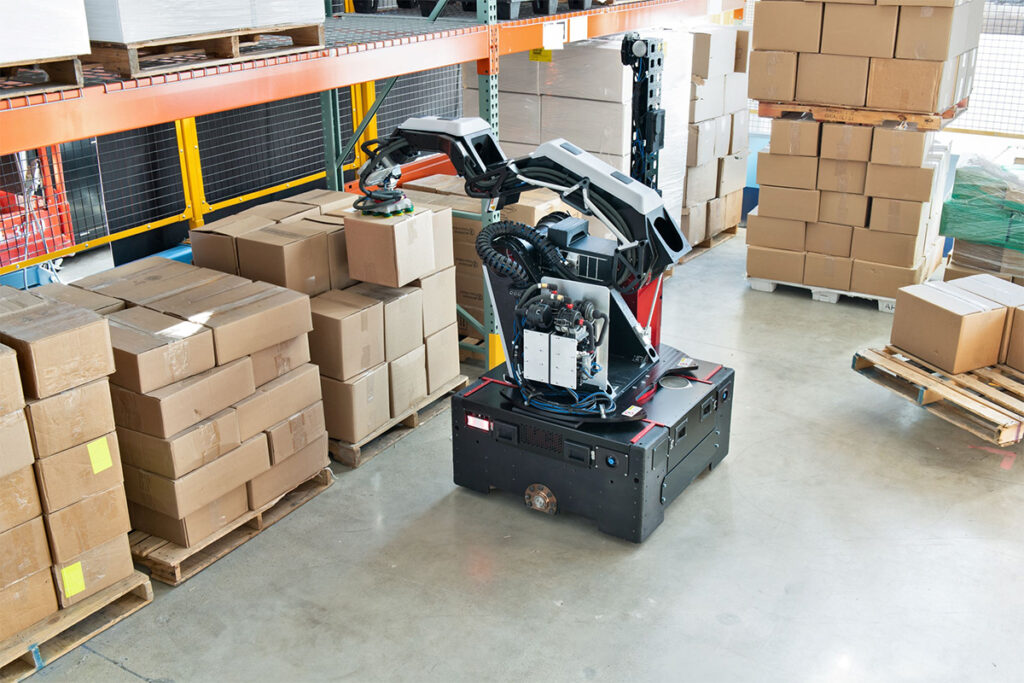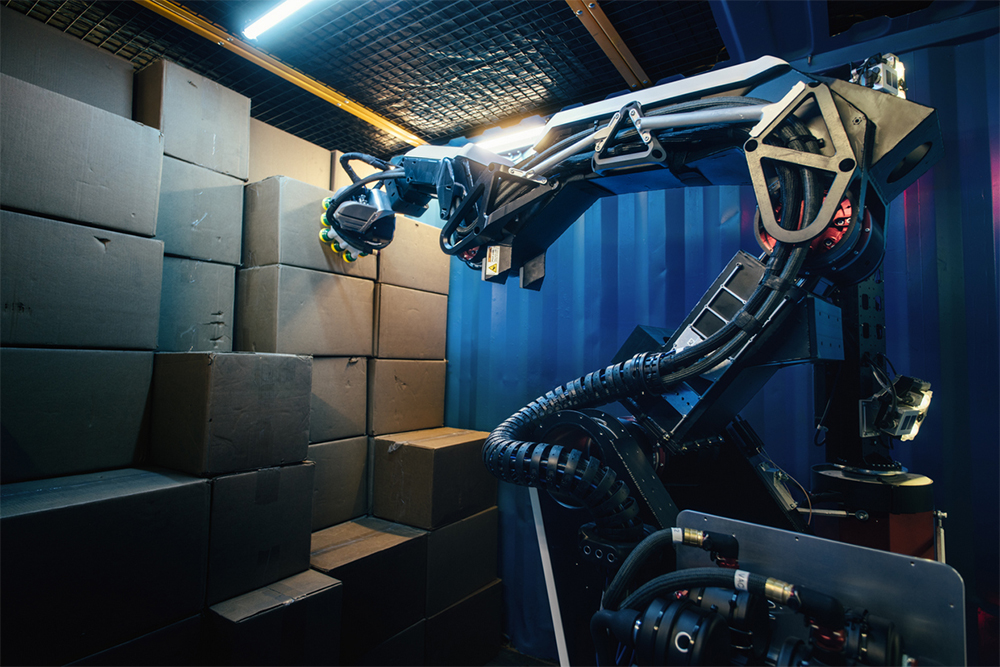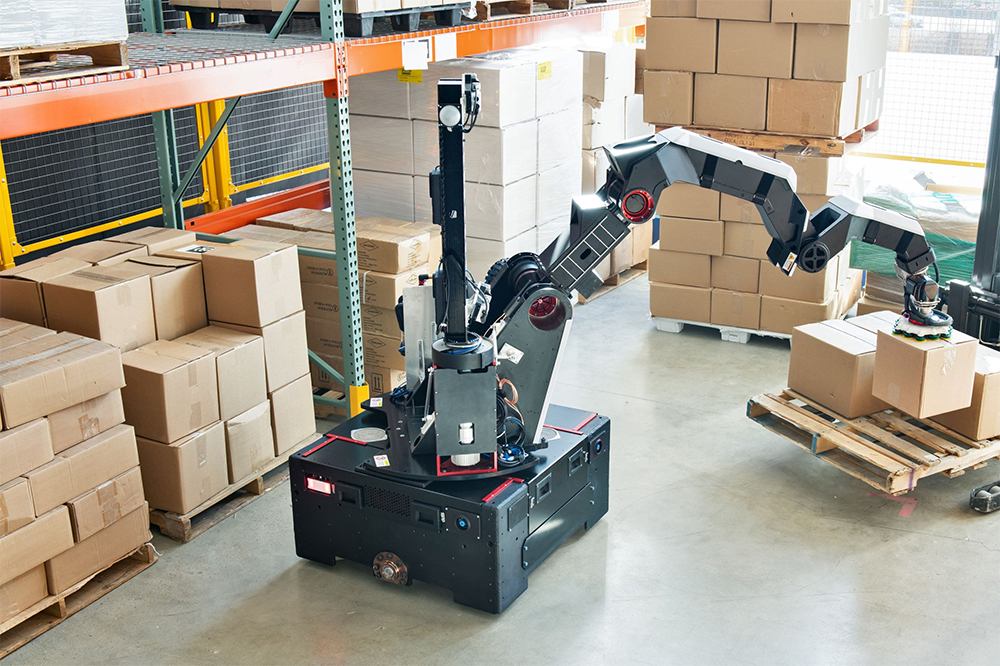Solving Warehouse Logistics with Automation
Managing warehouse logistics is quite complex. There are so many issues to tackle. Warehouse management has basic principles to follow: safety and security, cleanliness, efficiency, cost control, and accuracy. However, so many processes happen behind the scenes, which are often dynamic and complex, and can be problematic for many warehouse managers. When you’re a warehouse manager, you always face the challenge of maximizing performance.
Maximizing performance increases productivity. But managers must contend with minimizing labor costs despite having an environment that is very labor intensive. A warehouse often employs a large labor force and uses expensive equipment. It is difficult to reduce the labor force considering the amount of work in a warehouse. There are two viable solutions: maximize the performance of available labor or replace some workers with automated systems.
Warehouse automation
Warehouses need automation to ensure quick processing and product movement. Boston Dynamics, which introduced Spot, the robot dog, launched Stretch, the last week of March 2021.
Stretch is the first commercial robot that Boston Dynamics specifically designed for distribution centers and warehouse facilities. It can tackle various tasks where there is a need to move boxes quickly, from unloading trucks to stacking them on shelves. The robot is flexible and easy to integrate. The company ensures the robot can work in any type of warehouse. Boston Dynamics says their goal is to ensure the proper flow of goods, lower the cost of automation, and improve employee safety.
Advantages of using robots in warehouses
Robots can play a big role in improving warehouse logistics. They can address the labor shortage while improving the performance of warehouse operators because they can handle larger volumes of goods each day. Robots can speed up repetitive tasks and increase accuracy while working alongside human workers.
Robots can improve working conditions by taking over the tasks of moving heavy loads. They can assure workers’ safety and health. They minimize mistakes.
With the increasing dependence of consumers on online shopping, robots like Stretch can help the e-commerce sector.
Getting to know Stretch
If you compare Stretch to Spot, you can say Stretch looks mediocre. It does not look like a human or an animal. But Stretch is strong and untiring. It can move about 800 boxes in an hour. Its shape is unremarkable but practical. It has a square mobile base with wheels. Its perception mast has cameras and sensors. Its huge robotic arm does most of the work. The arm has seven degrees of freedom. Instead of fingers, it had a series of suction pad arrays that can pick up boxes up to 50 lbs or 32 kilos in weight.
Stretch is mobile, compared to other automation equipment installed in many warehouses that are bolted down. Stretch can slide into the workplace where it needs to perform its loading and unloading functions.
Many warehouses have fixed automation systems with the workflow process surrounding them. That makes Stretch different. It does not need an automation system or the infrastructure. You can put Stretch in the environment where it will be useful.
It does not need an expensive automation system that takes time to integrate. With its free-swinging arm, Stretch can move boxes quickly. The robot has high-capacity rechargeable batteries. It can work for eight hours on a single charge.
Boston Dynamics claims it is easy to put Stretch in a warehouse environment. In the past, it was difficult to put robots to work in warehouses because of varied spaces. Further, the workflow varies each day, so the robots should be able to adapt, which requires flexibility. Many warehouses do not install automation systems because of the enormous cost of renovating the space to make it regular and easier for the machines to understand.
Boston Dynamics says anyone can easily operate Stretch with a few hours of training. It can move into spaces designed for human workers. The company is looking for customers to do some pilot testing, projecting a commercial release in 2022.


